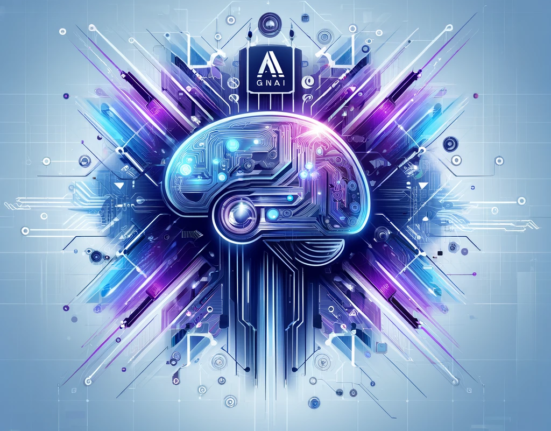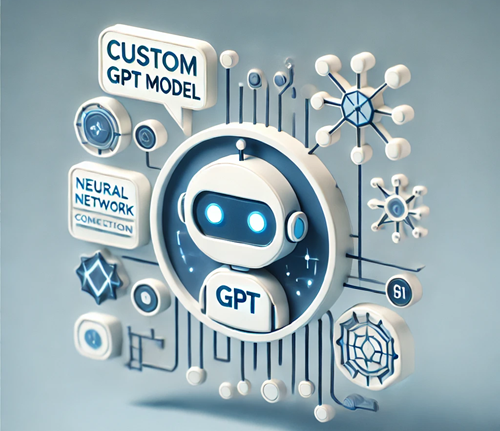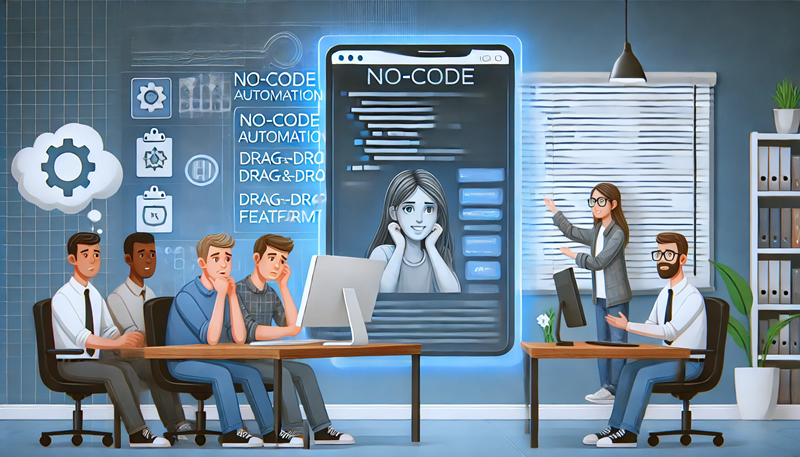For decades, software development was reserved for programmers and engineers—people fluent in complex coding languages like Python, Java, and C++. But in 2025, things have changed. The rise of no-code platforms means that anyone—from entrepreneurs to small business owners, marketers, and students—can now build fully functional web and mobile applications without writing a single line of code.
🚀 Does this mean programming is becoming obsolete?
🛑 Are developers at risk of losing their jobs to no-code tools?
🤔 Or is no-code just a trend that won’t last?
In this article, we explore:
✅ What no-code platforms are and how they work
✅ Why businesses are embracing no-code solutions
✅ The pros and cons of no-code vs. traditional development
✅ The impact of no-code on developers and the future of programming
By the end, you’ll understand why no-code platforms are booming—and whether coding is still necessary in a world where anyone can build apps effortlessly.
1. What Are No-Code Platforms?
A no-code platform is a software development tool that allows users to create applications without writing code. Instead of typing lines of code, you use drag-and-drop interfaces, pre-built templates, and automation tools to design and launch apps quickly and efficiently.
✅ How No-Code Works:
- Visual Builders – Drag and drop UI elements instead of coding them.
- Pre-Built Templates – Ready-made designs for faster deployment.
- AI & Automation – No-code platforms integrate AI to handle complex workflows.
- One-Click Deployment – Publish apps instantly without server setup.
🚀 Popular No-Code Platforms in 2025:
- Bubble – Best for web apps & SaaS startups
- Adalo – Best for mobile app development
- Glide – Best for internal business tools
- Thunkable – Best for cross-platform mobile apps
- Softr – Best for websites & eCommerce
💡 In short, no-code allows anyone to build an app in days—without learning to program.
2. Why Businesses Are Choosing No-Code Development
Companies of all sizes—from startups to Fortune 500 firms—are adopting no-code platforms for faster, cheaper, and more accessible app development.
🚀 No-Code Saves Time & Money
📌 Traditional Development:
⏳ Takes 6-12 months to build a fully functional app
💰 Costs $20,000 – $200,000 in developer salaries
📌 No-Code Development:
⏳ Takes 1-4 weeks to build an app
💰 Costs $30 – $100/month for platform subscription
💡 Startups and small businesses can launch MVPs faster without hiring expensive developers.
💡 No-Code Helps Non-Technical Teams Innovate
Not everyone knows how to code, but that shouldn’t stop them from launching great ideas. Marketers, product managers, and small business owners can now:
✔️ Create marketing apps and landing pages without web developers.
✔️ Automate workflows and CRM tools without IT support.
✔️ Launch eCommerce stores and SaaS platforms in record time.
📌 Example: A restaurant owner can build a food delivery app in Glide or Adalo—without hiring a single developer.
🌍 No-Code Reduces the Developer Shortage
The demand for software developers is skyrocketing, but there aren’t enough coders to meet business needs. No-code platforms bridge the gap by enabling companies to build and deploy applications without relying on full-stack developers.
📌 Example: Instead of waiting 6 months for a developer to build an internal tool, a company’s operations team can create it using no-code in just a few days.
3. No-Code vs. Traditional Programming: The Pros & Cons
While no-code platforms are powerful, they aren’t perfect. Here’s how they compare to traditional development:
✅ Advantages of No-Code Platforms
🚀 Faster Development – Apps can be built in weeks instead of months.
💰 Lower Costs – No need for large development teams.
🎨 User-Friendly – Drag-and-drop interfaces make app-building accessible.
🔗 AI & Automation Integration – Many platforms offer built-in AI functionality.
🌎 No Programming Knowledge Required – Anyone can build software.
❌ Limitations of No-Code
🚧 Customization Limits – No-code tools can’t handle complex logic like full-stack coding.
⚠️ Scalability Issues – Large-scale apps may eventually require custom development.
🔒 Platform Lock-In – Apps are restricted to features and updates from the no-code provider.
💾 Security Risks – No-code platforms control hosting and security settings.
💡 Best Approach? Start with no-code for an MVP (Minimum Viable Product), then transition to traditional development when scaling.
4. Will No-Code Replace Programmers?
🛑 No, no-code won’t replace traditional developers—but it will change how software is built.
🚀 What’s Changing?
✅ Developers will shift to complex and custom applications.
✅ No-code will handle 80% of simple business needs.
✅ Hybrid “Low-Code” Solutions Will Grow – Developers will integrate custom code into no-code platforms.
📌 Reality Check: No-code empowers businesses and reduces reliance on developers, but it won’t eliminate the need for programming altogether.
💡 Think of no-code as a tool, not a replacement. Developers who embrace no-code for rapid prototyping and automation will stay ahead of the curve.
Final Verdict: Should You Say No to Programming?
✅ Yes – If you want to build apps without coding experience
✅ Yes – If you need a fast, cost-effective solution
✅ Yes – If you’re a business owner, entrepreneur, or marketer
❌ No – If you need a highly customized, scalable, enterprise-grade app
❌ No – If you require advanced backend development
❌ No – If you work on AI, security, or complex systems
🚀 Bottom Line: No-code platforms are revolutionizing the way software is built—but they won’t completely replace programming anytime soon.










